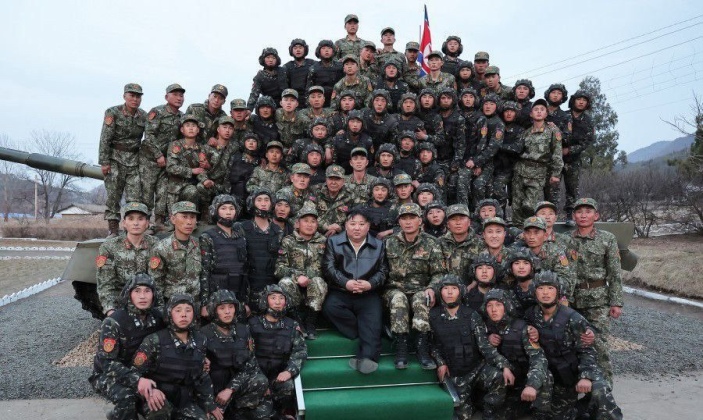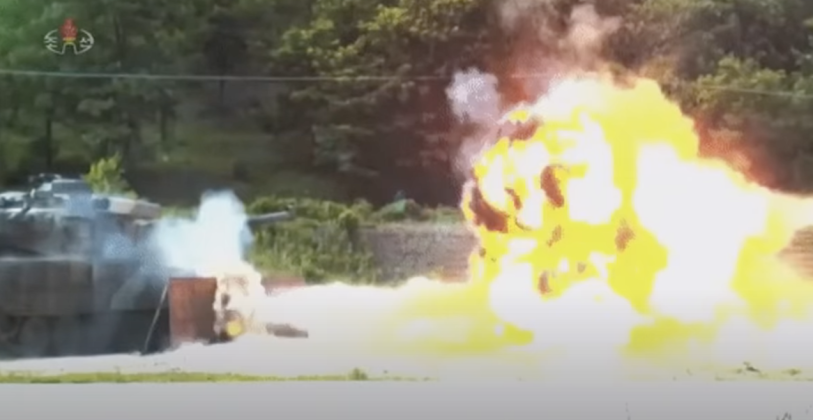News
North Korean Leadership Inspect Elite Tank Unit: How Capable is the Country’s New Armour?
The Korean People’s Army Seoul Ryu Kyong Su Guards 105th Tank Division on March 24 received an inspection fro the country’s political leaders, including chairman of the ruling Korean Workers’ Party Kim Jong Un. The unit was the first formed in North Korea for armoured warfare, and received its name as it was the first to reach the South Korean capital Seoul during the first days of the Korean War in June 1950. The name Ryu Kyong Su was later added to honour the division’s first commander. Chairman Kim praised the 105th Division as “a unit with the proud history and tradition of having occupied the enemy capital,” adding that “if all the units and subunits of the entire army are well prepared like the subunits of the 105th Tank Division which participated in the match, he would never worry about the preparations for war.” The chairman provided instructions for improvement of the unit’s combat preparations and modernisation of its equipment, and was otherwise seen speaking with officers from the division, and watching vehicles during exercises. This marks the second inspection the elite unit has received during the month of March, as it previously also participated in larger tank drills on March 13 with vehicles from multiple units.

North Korean tank units have recently begun receiving a new class of main battle tank, the name of which is unknown but which has been referred to in the West as M2020 as it was received in October 2020. The class is expected to be integrated into the 105th Tank Division in the near future, as the unit currently operates the older Songun-915 tank – a heavily enhanced derivative of the Soviet T-62 modernised with features such as surface to air missile launchers and explosive reactive armour. Otherwise known as the Pokpung Ho, the older tank class was the most capable in the country until the M2020 entered service, and after first being unveiled in 2002 was confirmed to integrate a composite armour cast turret. The technological discrepancy between the Songun-915 and the M2020 is significant, however, with new footage of the M2020 during exercises have revealed significant new information regarding its capabilities, with the vehicle differing very significantly from those produced anywhere in the world including in neighbouring Russia, which previously influenced North Korean tank designs significantly.

The M2020 integrates thermal sights for both gunner and commander, which already places it ahead of most vehicles operating today many of which lack thermal sights or have them solely for the gunner. The tank also integrates both explosive active armour and active protection system launchers, with footage released showing the latter working to intercept incoming projectiles. It also integrates laser warning receivers, warning the crew of being targeted using laser rangefinder or laser guided munitions, while the rear of the turret housing ammunition uses blowout panels, similarly to the American M1 Abrams, to increase crew survivability. The tank is heavily optimised for operations in Korea’s mountainous terrain, with its mass production potentially facilitating very widespread deployments across the country’s armoured units. It remains uncertain, however, how widely the M2020 has been deployed, how many units currently deploy it, and on what scale it is currently in production.












